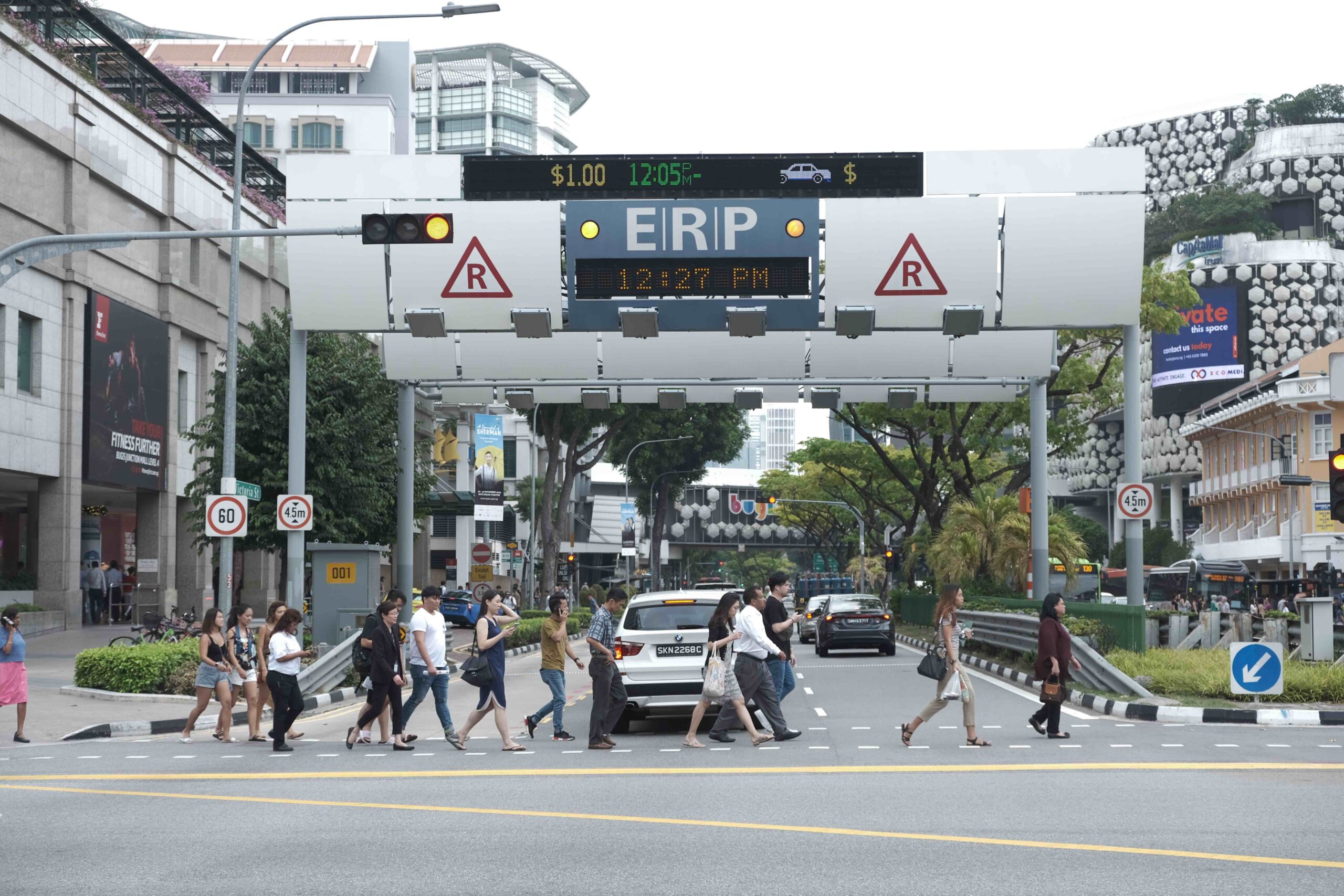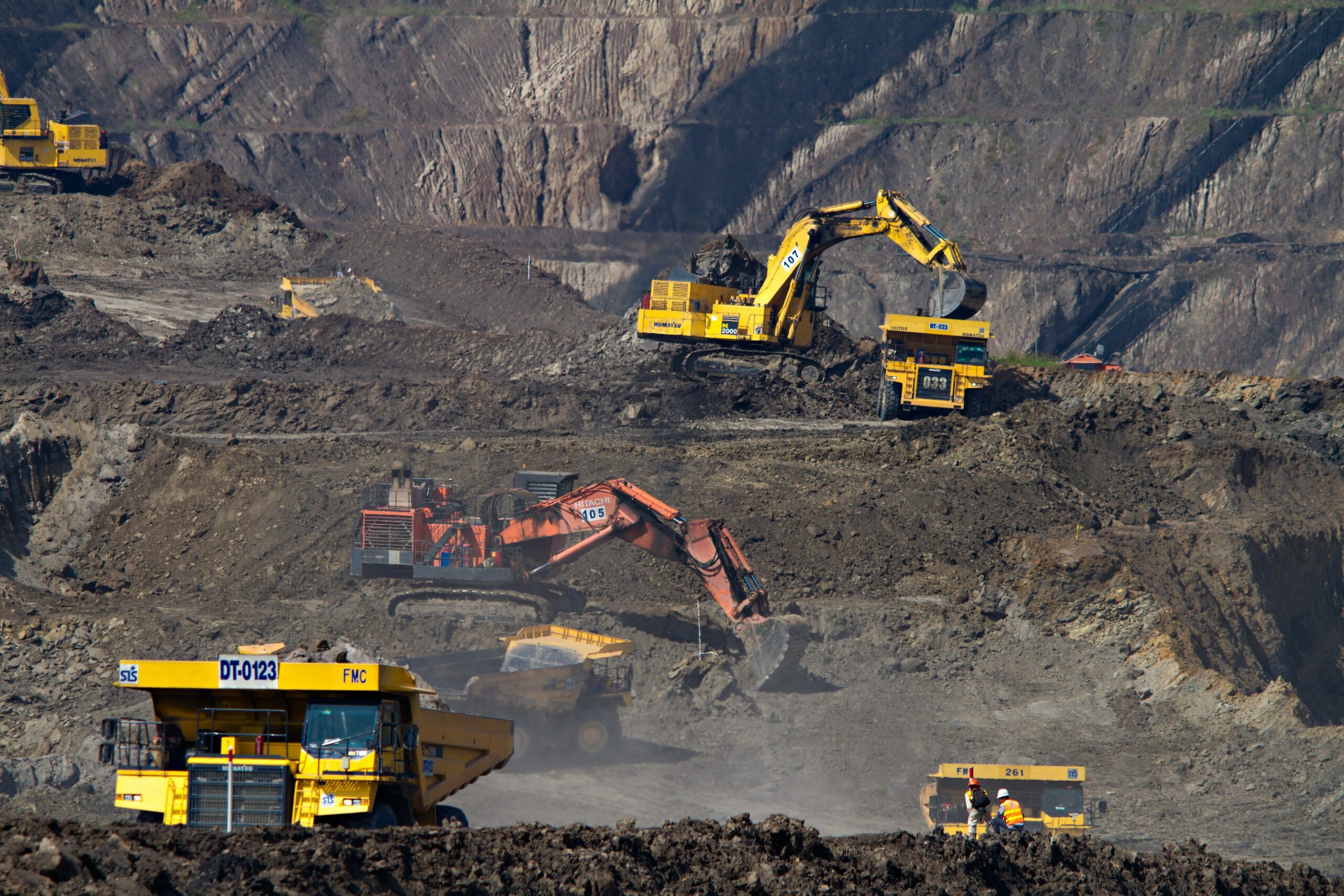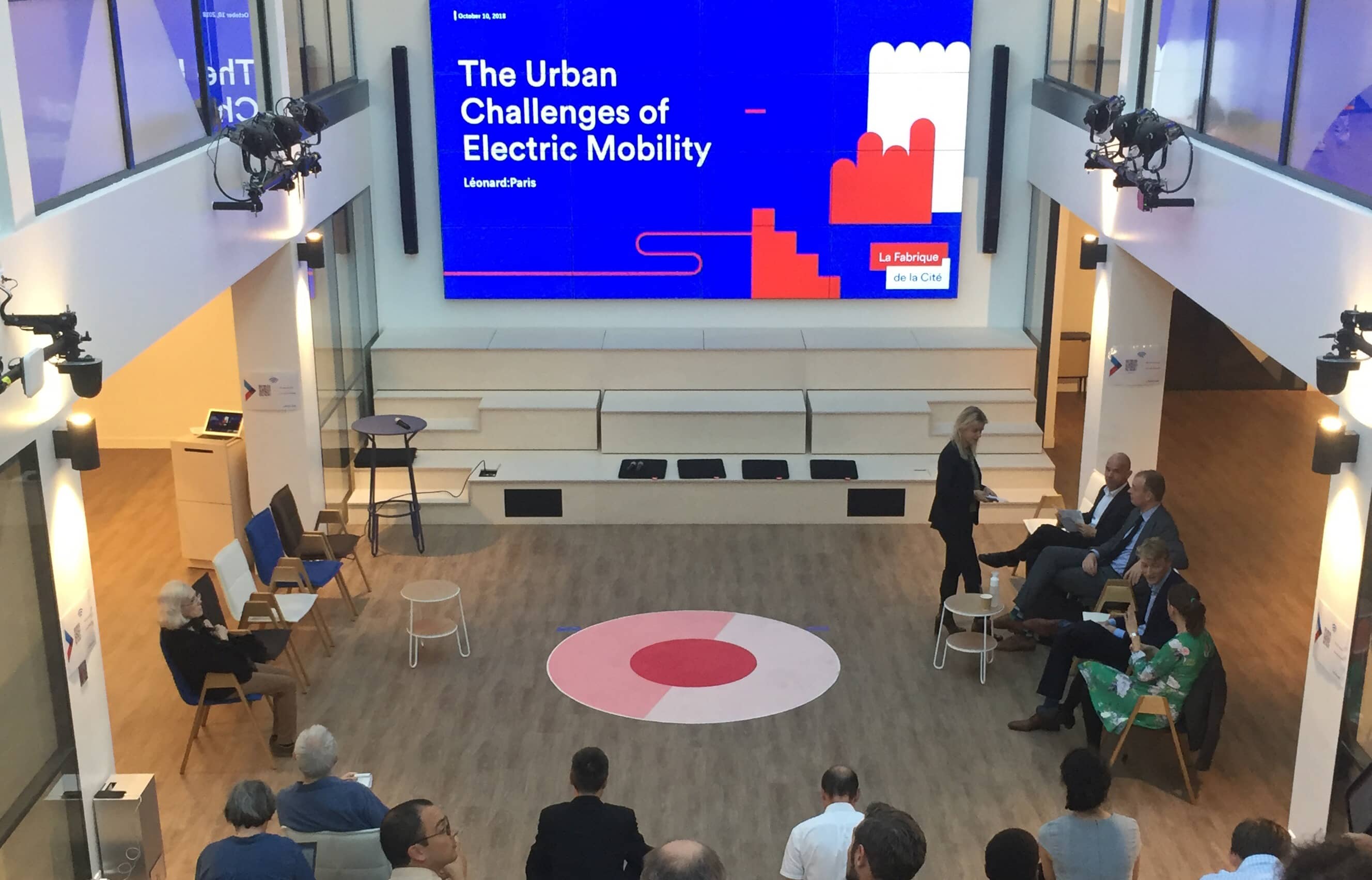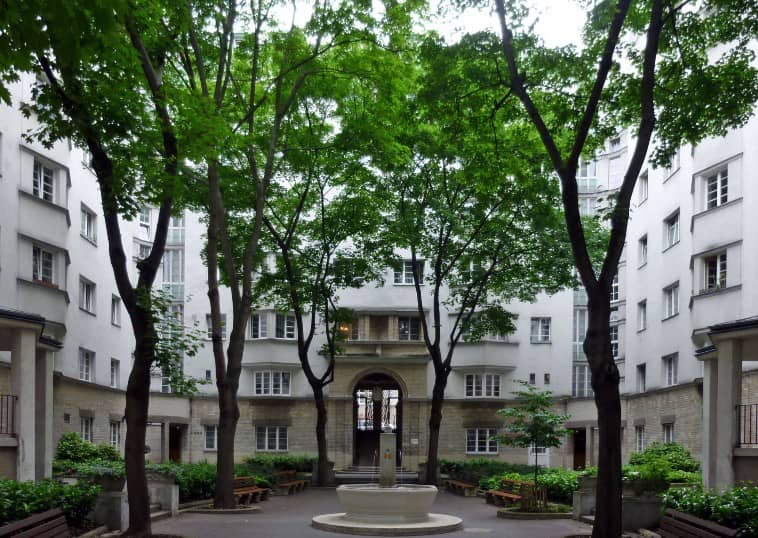

The energy transition: will the post-carbon city be inclusive?
The Paris Agreement successfully led stakeholders on a sub-state level into the energy transition. Cities have become key players in the fight against global warming and hubs for discussion and innovation for the energy transition. Moving on from the problems they cause – they account for around three quarters of greenhouse gas emissions – cities wish to find solutions through innovation. The effects of climate change and pollution are felt strongly in urban environments. The introduction of Agenda 21 at the Rio Earth Summit (1992) followed by the signature of the Aalborg Charter on sustainable cities (1994) introduced sustainable development and energy transition policies on a local level. Assertive policies have been rolled out since, in a bid to achieve ambitious goals: Vienna wishes to bring about a 35% drop in CO2 emissions by 2030 and an 80% drop by 2050 compared to 1990 figures. During its 2018 international seminar in Vienna, La Fabrique de la Cité met several energy experts who provided their insight into this question: will the post-carbon city be inclusive?
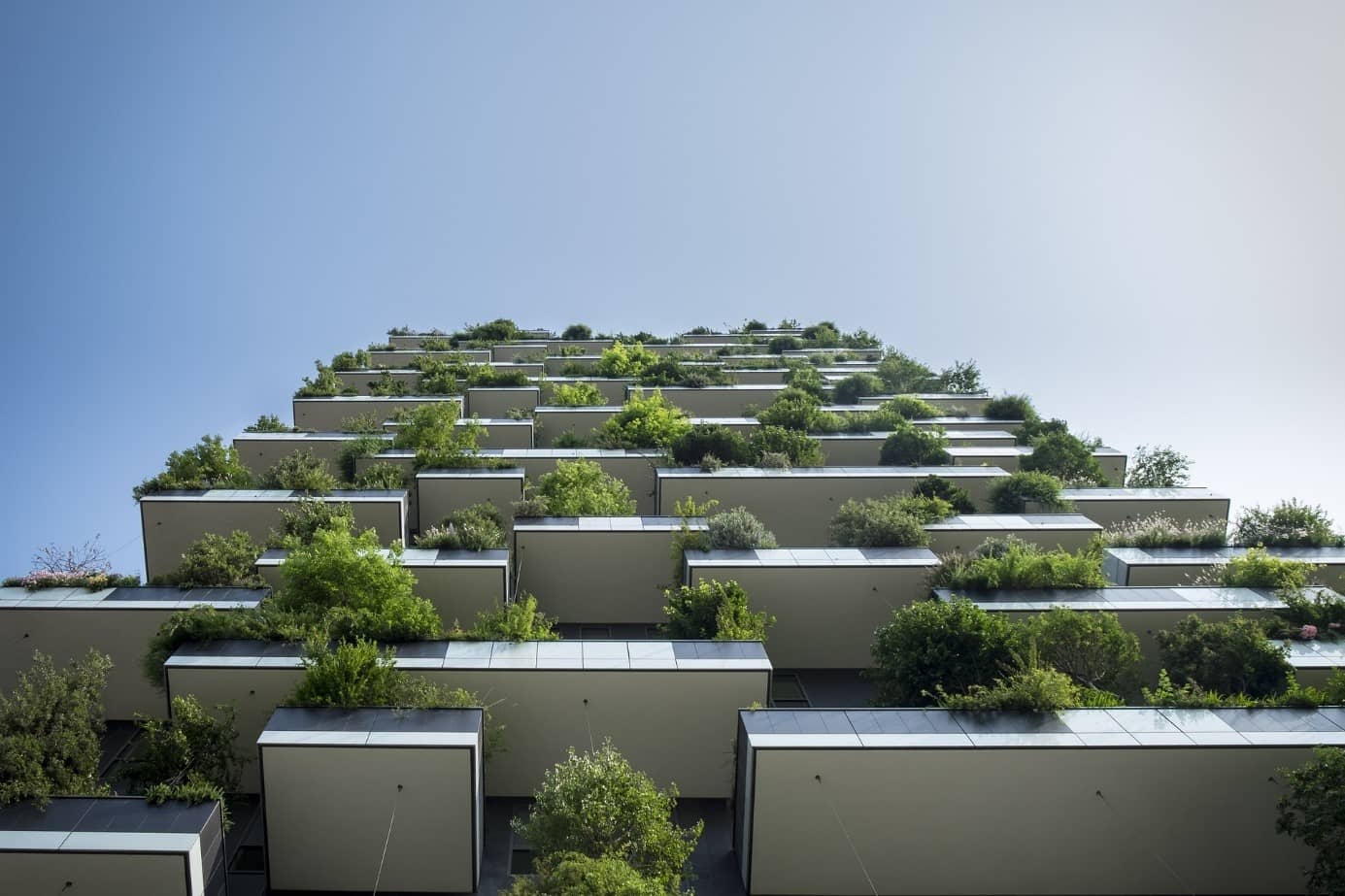
Are local energy policies a solution for the transition?
The emergence of individual energy generation methods and the concept of consumer-stakeholders who generate and use their own energy are a means of redefining the scale of energy networks. The development of local energy policies brings about a certain independence for cities from national and supranational energy networks. For which scale should the policies rolled out in the energy transition be designed? To what extent do the local level and the creation of independent local networks create an inclusive solution?
“Local energy generation systems must be mainly focused on thermal power”, claims Cyril Roger-Lacan, founder of Tilia, a consulting company for the energy transition. “This form of energy generation can utilise all the energy forms in the local area (energy from waste processing, from the functioning of data centres, from the various types of biomass available in the area, etc.)”.
The creation of these local networks means that energy generation and business can be locally rooted: job creation, cooperation between local stakeholders, limitation of energy losses, etc. There are many advantages for the local area. This is one solution which fosters cooperation between stakeholders, limits energy losses and optimises energy generation. It all seems to move towards the energy transition, and also the environmental transition, which reflects a shift towards a new social model.

Energy communities connected to the main energy network but independent from it are emerging. However, the main network remains crucial for these decentralised networks to operate successfully. As a result, how can we prevent these local networks from becoming by-products of the main system, the fixed costs of which would be borne by those who do not have the means to become energy stakeholders, resulting in rising energy costs for the lowest-income groups? These systems appear to promise greater inclusion, but is this really the case? How can the energy transition be conducted without being at the expense of some people? How can the scales of energy generation interact[1]? While municipal initiatives may prove to be genuine stimuli for national policies, conflicts may occur between the various governance levels and their respective stakeholders.
New holistic and integrated energy systems
New energy systems must be designed holistically: energy networks must be considered from their construction to the energy consumption phase in their entirety to avoid the silo approach. In an even more general sense, “energy transition projects cannot be considered solely from a technical viewpoint”, according to Cyril Roger-Lacan. Technology is of course necessary, including for the creation of positive energy buildings or the development of electric mobility. It is not, however, sufficient on its own. The energy transition must be viewed from a cross-cutting angle. The local level is a real advantage in this. For example, it allows the energy network to be designed in line with urban planning at a very early stage of the construction project. “In Vienna, for instance, in the Seestadt Aspern district, there are intrinsic links between the urban development project and the energy systems”, explains Oliver Juli, project manager of the Aspern Smart City research group.
Yet how can networks be optimised? How can the focus shift from units to comprehensive networks? Which investments are required to achieve this? “The investment choices made must be reviewed and energy generation must no longer be defined for the short-term return on investment but rather for the long-term and the systems’ life cycles”, confirms Waltraud Schmidt, director of the energy centre that Vienna wishes to develop in its city. She insists that public authorities are in a key position to pave the way in this field, as they do not have any short-term profitability requirements. They can also introduce incentive policies: in Vienna, subsidies are granted for the renovation of old buildings when work includes measures to improve energy efficiency.

The inclusive post-carbon city
How and why will the post-carbon city be more inclusive?
“The reduction of energy consumption and costs must benefit those with the lowest incomes”, claims Waltraud Schmidt. This is a major challenge: “If the current trend continues, in a few years Vienna will have the same climate as Naples and the poorest inhabitants will suffer the most. Vienna’s strategy is therefore to invest in renewables which, over the long-term, have lower consumption costs”.
The post-carbon city will be inclusive in terms of the practices it will offer – an incentive to shift from an energy transition in the strictest sense to a broader environmental transition, which means that we have to conduct an in-depth review of lifestyles and develop new cooperation methods between stakeholders. How can citizens be included in the energy transition process? The city of Vienna offered inhabitants the option of purchasing shares in a photovoltaic cell production plant, for example. This proposal was very well received. In Copenhagen, in 2000, a cooperative made up of citizens, companies and associations, supported by public authorities, worked to build a fleet of 40 off-shore wind turbines to generate more than 90 million kWh of electricity, i.e. around 3% of Copenhagen’s electricity consumption. The involvement of a fabric of local stakeholders is the cornerstone of this success: more than 8,500 individuals contributed to financing this project[1].
Information and communication with citizens are also key if we are to make them real stakeholders of the energy and environmental transitions. For these initiatives to be really effective, they must see beyond the energy transition and aim to create “sensitive communities”, based on the sharing of a common space – both physical and for debates, advocates Cyril Roger-Lacan. To achieve this, the quality of spaces, public spaces in particular, is crucial: public spaces, as forums for the expression of the concept of a harmonious lifestyle through urban morphology, can create the nucleus of the community, through dialogue and inclusion –or exclusion and withdrawal from others. The Danube Island and the Gänsehäufel baths in Vienna are emblematic in this respect: they are shared spaces, accessible to all, which foster encounters between inhabitants and the feeling of belonging to the same community, of sharing a space and even a common destiny, while highlighting the importance of the relationship with the natural environment and its fragile balance.
[1] https://journals.openedition.org/developpementdurable/8759#tocto2n4
These other publications may also be of interest to you:

Viktor Mayer-Schönberger: what role does big data play in cities?

Thomas Madreiter: Vienna and the smart city
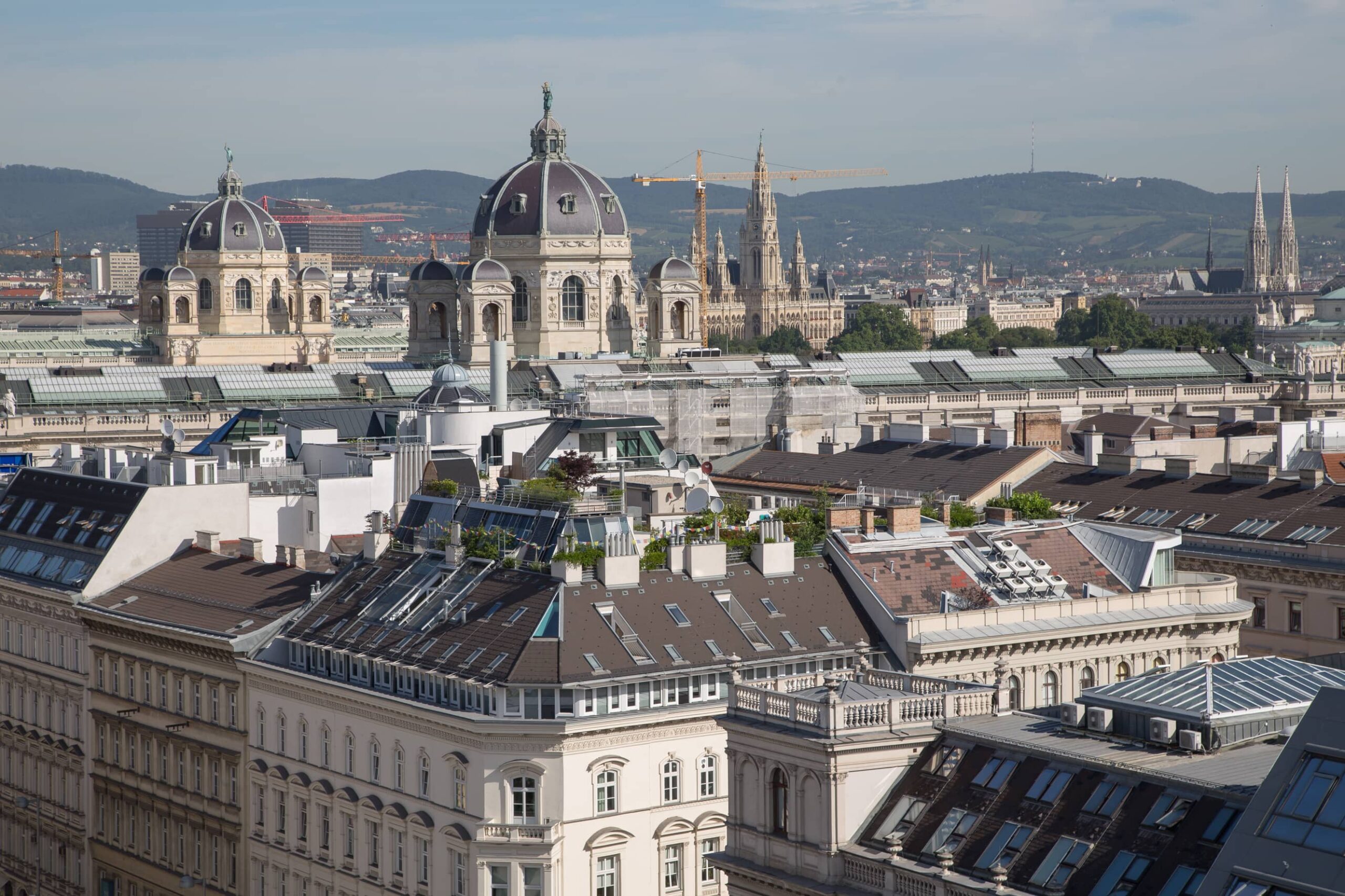
Vienna

Breathless Metropolises
La Fabrique de la Cité
La Fabrique de la Cité is a think tank dedicated to urban foresight, created by the VINCI group, its sponsor, in 2010. La Fabrique de la Cité acts as a forum where urban stakeholders, whether French or international, collaborate to bring forth new ways of building and rebuilding cities.






























